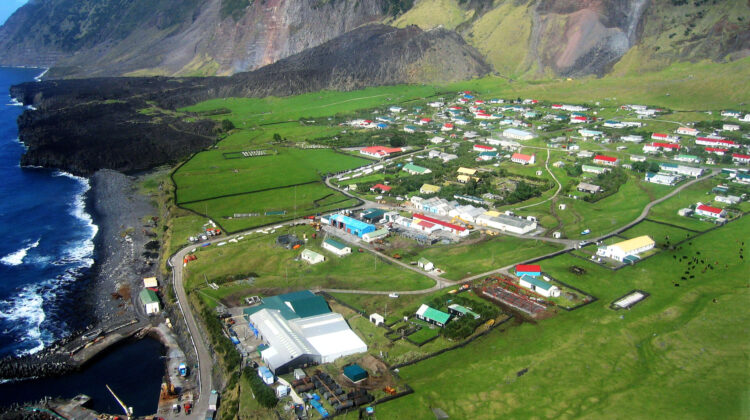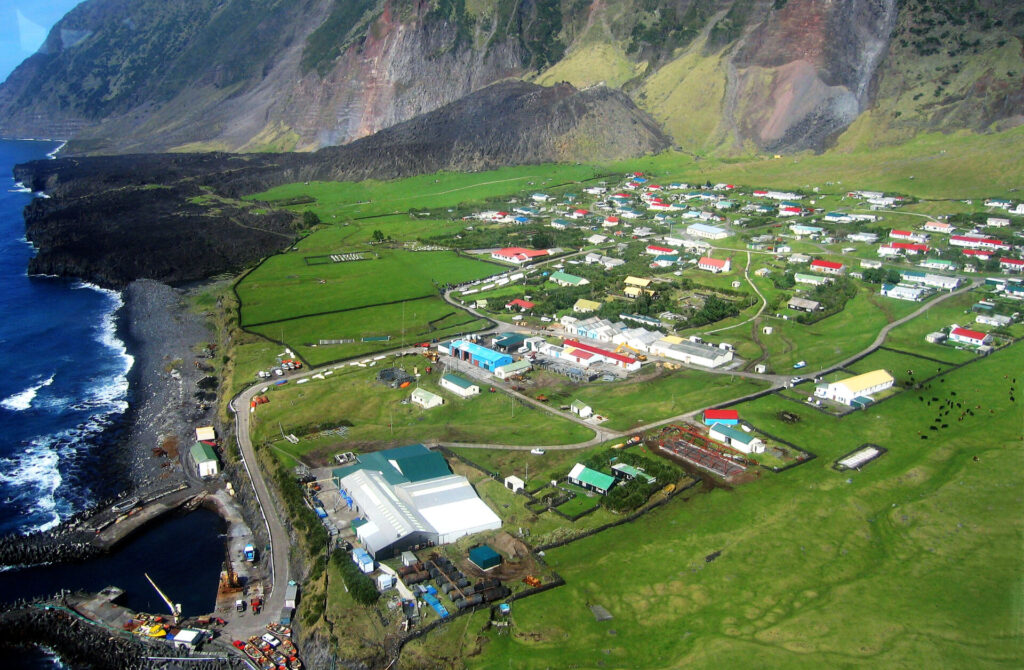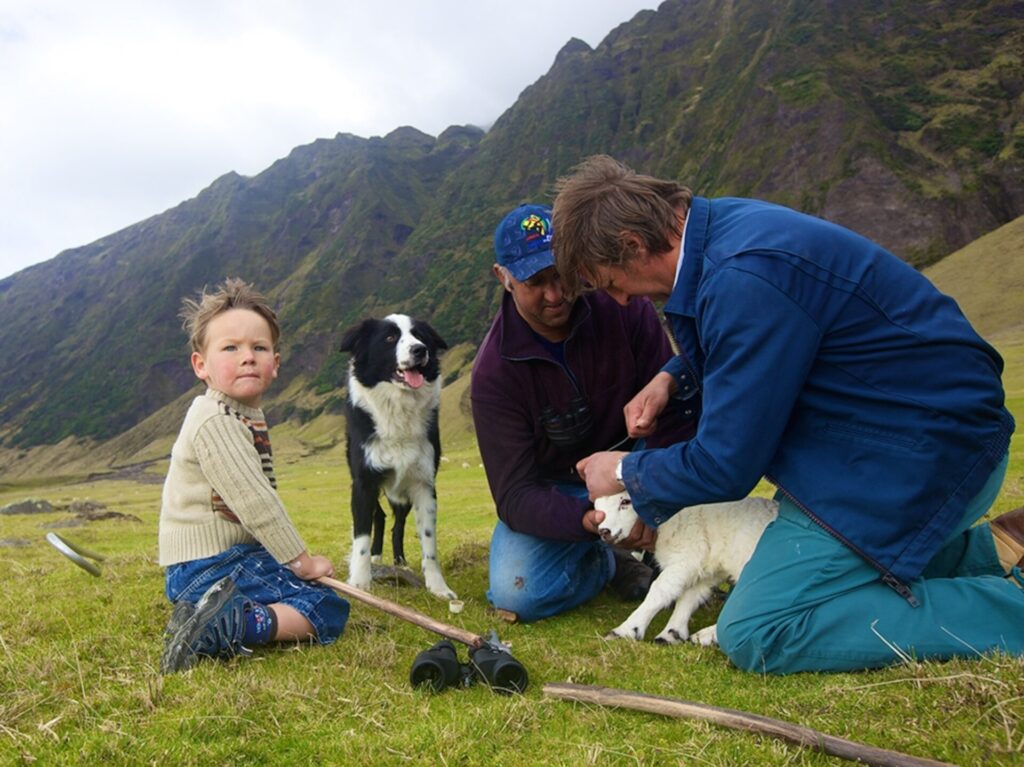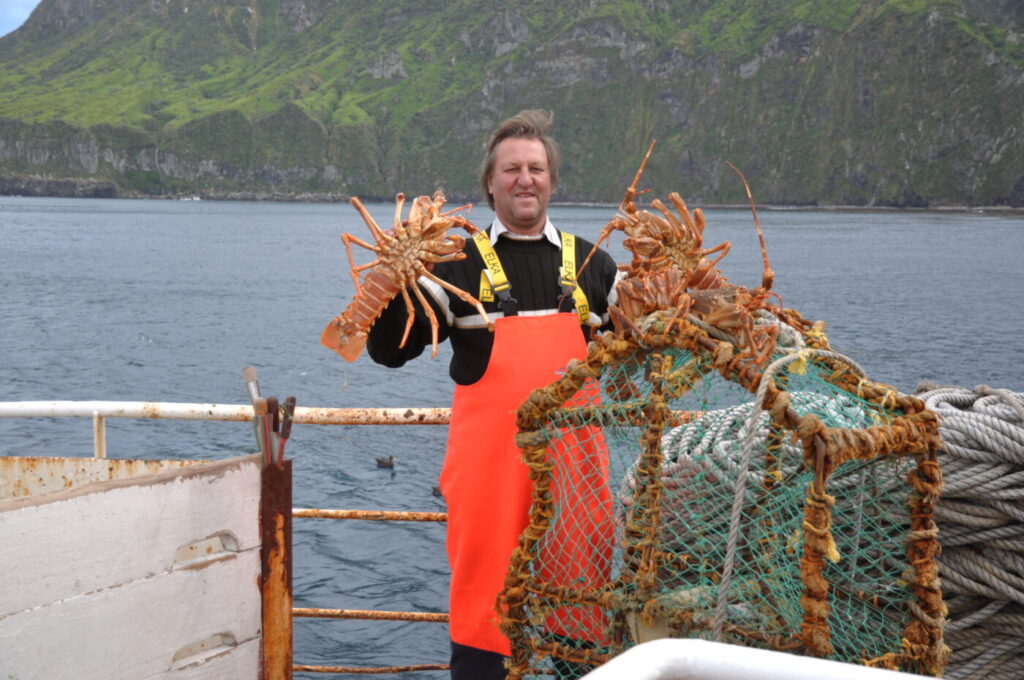
Nestled in the South Atlantic Ocean, the remote island of Tristan da Cunha is a unique blend of natural beauty and remarkable isolation. Home to only 264 people, this British overseas territory is one of the most secluded inhabited places on Earth. For those interested in extreme isolation, stunning volcanic landscapes, and resilient communities, Tristan da Cunha is a hidden gem worth exploring.
Tristan da Cunha: Location and Geography
Located about 2,400 kilometers (1,500 miles) from Saint Helena, its closest inhabited neighbor, Tristan da Cunha is an archipelago that’s also over 2,800 kilometers (1,750 miles) from South Africa and more than 3,200 kilometers (2,000 miles) from South America. The island’s challenging landscape is dominated by a central volcanic peak, which rises over 2,000 meters (6,700 feet) above sea level. This towering presence gives the island a striking silhouette and serves as a reminder of its volatile geological past.

Life in Isolation: The Population of Tristan da Cunha
The small, resilient population on Tristan da Cunha primarily lives in a tiny settlement called Edinburgh of the Seven Seas. This close-knit community is descended from a handful of families who first settled on the island in the early 19th century. Today, around 260-270 islanders share a strong sense of community, maintaining a lifestyle that has evolved around self-sufficiency.
The remoteness of Tristan da Cunha means there are no airports or commercial flight routes to the island, so supplies and visitors arrive via ship—a journey that can take days from the nearest port. With limited contact with the outside world, the people of Tristan da Cunha rely heavily on periodic supply shipments, and islanders often grow their own food through subsistence farming and fishing.

The Economy of Tristan da Cunha: Subsistence and Sustainability
The island’s economy is simple and primarily revolves around farming, fishing, and small-scale tourism. Agriculture is a way of life, with islanders raising livestock, cultivating vegetables, and catching fish for daily sustenance. Because of the sparse population and limited resources, every aspect of island life is carefully managed to ensure sustainability.
Tourism, though limited due to its isolation, plays a modest role. A few intrepid travelers seek the adventure of visiting one of the world’s most isolated communities, bringing in income to support local initiatives.

Challenges of Living on Tristan da Cunha
Living on Tristan da Cunha is not without its challenges. The isolation means that accessing healthcare, educational resources, and infrastructure is a daily hurdle for islanders. Harsh weather, with storms and strong winds, can impact day-to-day activities, while the lack of an airport means that even a simple journey off the island requires careful planning and several days of travel.
Despite the hardships, the people of Tristan da Cunha have developed a strong community spirit, fostering a way of life that is both resilient and resourceful.

The Island’s Volcanic Origin and Natural Beauty
Tristan da Cunha’s volcanic origins have created a dramatic and beautiful landscape. The island’s central volcanic peak, Queen Mary’s Peak, is one of its most recognizable landmarks. The lush vegetation and rugged cliffs, set against the vast expanse of the South Atlantic Ocean, offer breathtaking views and provide a natural habitat for a variety of seabirds and marine life, making it a point of interest for scientists and environmentalists alike.

Edinburgh of the Seven Seas: The Heart of Tristan da Cunha
Known as the most remote settlement in the world, Edinburgh of the Seven Seas serves as the heartbeat of Tristan da Cunha. This quaint village has essential facilities like a school, a hospital, and a local shop, but life here is far from modern conveniences. Islanders are accustomed to managing without many amenities, relying on each other and their connection to the land and sea.
Tristan da Cunha offers a glimpse into a world where isolation breeds self-sufficiency and resilience. This island, with its limited resources, breathtaking natural beauty, and tight-knit community, challenges the notion of what it means to live far from the conveniences of the modern world. For those who dream of exploring uncharted territory, Tristan da Cunha stands as a testament to human endurance and the beauty of life on the edge of civilization.

Leave a Reply